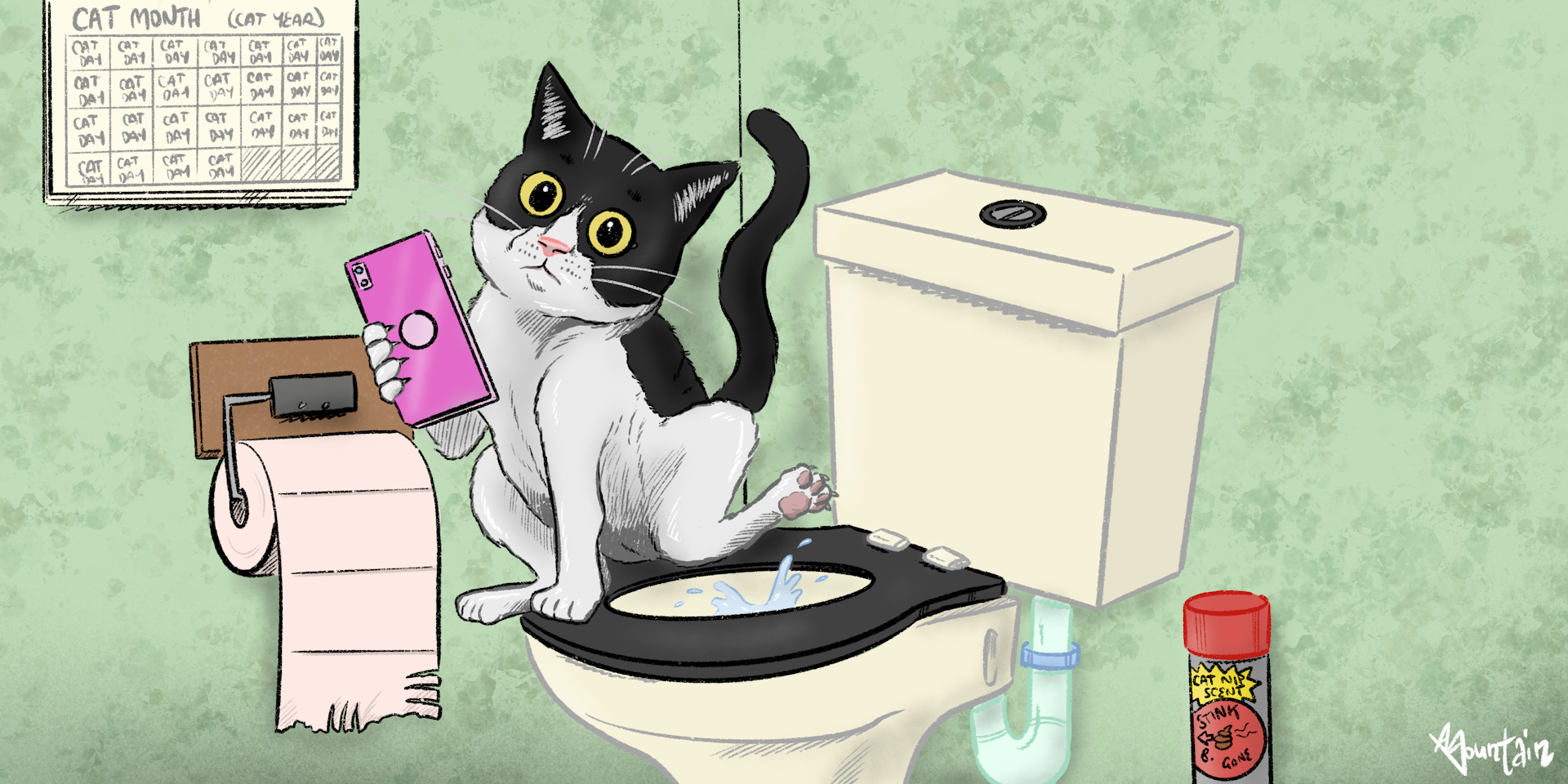My Implications of Flushing Animal Waste Down the Toilet
My Implications of Flushing Animal Waste Down the Toilet
Blog Article
Just about everyone is bound to have their unique perception in relation to 10 Things You Should Never Flush Down The Toilet.

When it involves getting rid of waste, specifically animal waste, many individuals frequently turn to the practical option of flushing it down the toilet. Nonetheless, this apparently very easy solution can have major consequences for the atmosphere and public health. In this post, we'll check out why flushing pet waste down the commode is a negative concept and give alternate techniques for appropriate disposal.
Intro
Proper waste disposal is vital for preserving ecological sustainability and public health. While it might seem harmless to flush animal waste down the bathroom, it can lead to various concerns, both for the setting and human well-being.
Risks of flushing animal waste
Environmental effect
Purging pet waste presents unsafe microorganisms and pathogens right into rivers, which can negatively influence aquatic environments. These microorganisms can contaminate water sources and damage marine life, disrupting delicate ecological communities.
Public health problems
Pet waste has damaging bacteria such as E. coli and Salmonella, which can posture major health and wellness threats to people. Flushing animal waste down the commode can contaminate water materials, resulting in the spread of conditions and infections.
Alternatives to flushing
Instead of purging pet waste down the toilet, there are several alternative disposal techniques that are extra eco-friendly and hygienic.
Composting
Composting pet waste is a green means to get rid of it. By composting, organic matter is broken down right into nutrient-rich soil, which can be made use of to feed yards and plants.
Land fill disposal
Getting rid of pet waste in a landfill is an additional alternative. While not as eco-friendly as composting, it is a more secure alternative to flushing, as it prevents the contamination of water sources.
Family pet waste disposal systems
There are specialized pet dog garbage disposal systems offered that securely and hygienically get rid of pet waste. These systems commonly make use of enzymes to break down waste and eliminate odors.
Steps to appropriate animal garbage disposal
To guarantee appropriate disposal of pet waste, comply with these steps:
Scooping and landing waste
Consistently scoop and bag pet waste utilizing eco-friendly bags. This prevents waste from polluting the atmosphere.
Utilizing assigned waste containers
Dispose of bagged animal waste in designated waste bins, such as garden compost bins or land fill containers. Prevent flushing it down the toilet in all prices.
Cleaning can and pet dog areas routinely
Routinely clean litter boxes and pet areas to stop the buildup of waste and germs. Use pet-safe cleaning items to preserve hygiene.
Benefits of correct disposal approaches
Adopting correct disposal techniques for animal waste provides several advantages:
Minimized environmental pollution
Appropriate disposal techniques lower the danger of environmental pollution, shielding rivers and environments from contamination
Minimized risk of water contamination.
By preventing flushing animal waste down the commode, the threat of water contamination is significantly minimized, safeguarding public health.
Enhanced cleanliness and health
Appropriate disposal approaches promote much better hygiene and health, developing a much safer atmosphere for both humans and animals.
Final thought
To conclude, purging pet waste down the toilet is harmful to the environment and public health. By embracing different disposal approaches and complying with appropriate waste administration practices, we can minimize the adverse effect of pet waste and add to a cleaner, healthier earth.
What To Do With Dog Poo – The Do's And Don'ts Of Disposing Of Faeces
Dog poo bins
Some councils provide dedicated dog waste bins in popular dog-walking areas that can take dog poo that has been bagged but you can legally dispose of dog waste in any public litter bin, as long as it is securely bagged. This also applies to your wheelie bin at home.
Do not flush
Water companies do not recommend flushing dog faeces down the toilet because certain parasites can survive the water processing treatment and are potentially harmful to humans. You should also never consider flushing dog poo that has been bagged down the toilet as the bags will not break down and instead create severe blockages in the sewage system.
In the woods
The Forestry Commission promotes a ‘stick and flick’ method for dealing with waste in the woods. This means finding a stick and using it to flick any poo from off the path so that it is out of the way of other walkers. You could also bury it as long as it is not in an area where there might be livestock.
Livestock
Parasites found in dog poo can be transmitted to livestock if they inadvertently eat infected faeces that has been left on grazing land. This could result in the death of sheep or abortion in cattle so you should always make sure you pick up your dog’s waste in fields where livestock could be present.

As a keen person who reads about Why you should never flush dog poop down the toilet, I thought sharing that excerpt was sensible. Feel free to pause to promote this article if you enjoyed it. Thanks a lot for your time. Revisit us soon.
Additional Resources Report this page